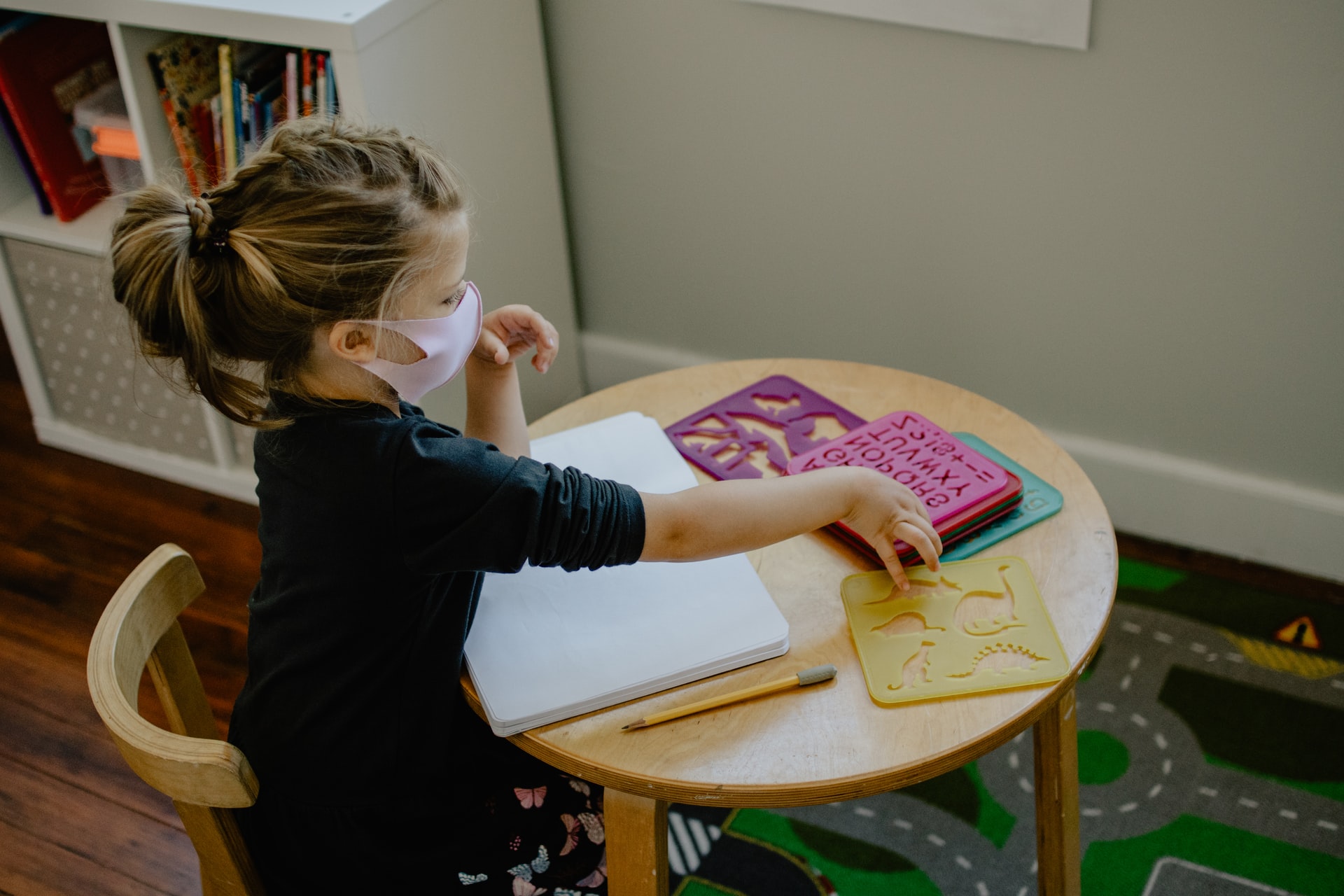In response to the COVID-19 pandemic, thousands of schools across the country closed their doors earlier this spring, inadvertently leaving millions of children behind. This fall, as state economies reopened, so did in-person instruction.
However, many schools that reopened lacked funding to provide their faculty and staff with proper protective equipment. A school nurse told Get Us PPE, “Our school PPE supply is so sparse, I started stapling my mask together to keep it longer.” Still, another nurse reported using construction masks because surgical masks are not available. Schools are among the many underserved communities expressing a need for adequate PPE to ensure smooth operations.
To raise awareness about the PPE shortage crisis in schools, Get Us PPE is teaming up with Joe ‘Mr.D’ Dombrowski, a Seattle-based comedian, teacher, actor, public speaker, and internet sensation, to raise money for PPE in schools. Dombrowski is hosting a telethon this Sunday, December 6th to benefit Get Us PPE’s PPE for schools fund.
Without proper PPE access, schools will not be able to stay open. Students will be the unintended casualties.
“Now that school is back in session, school nurses are also frontline workers. We are not doing better than hospital workers were back in March.” – Certified School Nurse
Schools, COVID-19, and the student bystanders
Last month, UNICEF released its preliminary report detailing the effects the pandemic has had on children. Their report warns of potential long-term damage to children’s education, health, nutrition, and well-being. School closures could augment the larger child hunger crisis and negatively impact children’s education and development.
While some children responded well to remote learning, for others, school closures meant reduced access to social services, like school meals and shelter. The pandemic disproportionately affects millions of children, who have trouble accessing the internet, with homeless families bearing the brunt of the pandemic. Increasingly, parents have to choose between work and caring for their school-age children, often including helping children navigate remote learning.
Moreover, the pandemic is contributing to deficiencies in children’s social development. Disruptions in the child’s routine, school attendance included, negatively impacts the child’s development. Schools provide many kids with opportunities to socialize and play with other children. School closures deprive students of that routine and interaction.
The PPE Shortage in Schools:
To understand how the PPE shortage affects schools, one must understand how schools shape students’ lives. School nurses directly interact with students, whether helping a student inject insulin or taking a feverish student’s temperature. Likewise, teachers spend hours with students, often in indoor settings. They require adequate PPE to teach and care for our students safely.
Thus, teachers, faculty, staff, and students must have access to effective PPE to avoid the spread of COVID-19 within schools. That means providing students and teachers with hand sanitizer and disinfecting wipes and equipping school with proper face coverings and gloves.
School districts do not have a traditional budget for PPE needs, and many lack the funds to purchase it on behalf of their nurses. Additionally, school nurses report that much of the available PPE is reserved for frontline workers. But, due to the changing landscape, school nurses are now also frontline workers.
“I feel safer at Trader Joe’s than I do at school. They take more precautions.” – Certified School Nurse
What will it take to open schools during the COVID-19 pandemic?
Reopening schools without allocating funding for PPE will be a disservice to the educators, healthcare providers, and students in the K-12 school system. “During this challenging time, the most critical support we can give our dedicated educators is an assurance of safety,” said Krista Patrick-Brown, Executive Director of Arise Academy, part of the Arise Schools network in New Orleans. “Providing adequate PPE and cleaning supplies is a baseline expectation to protect our students and teachers in order to continue safely learning in our buildings.”
With sufficient PPE in stock, schools can safely guarantee the safety of the space to teachers and staff that often feel unsafe without access to masks and gloves. A certified nurse that chose to stay anonymous told Get Us PPE, “I feel very stuck, unprotected, and uncared about as a person and as a healthcare professional” (sic). PPE access can translate to the reassurance that can help districts avoid running into a problem like in New York City, where school districts promised faculty to close after a 3% infection rate. Instead of making promises based on arbitrary numbers, school districts can provide PPE and ensure schools stay open.






